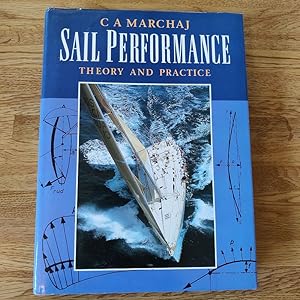Sinopsis
This is the successor to the author's previous book "Sailing Theory and Practice", published over 30 years ago, and takes into account the many developments which have taken place in sail performance since then. The author considers the factors which affect sail power: wind speed, sail area, sail shape, sail setting, angle of heel and steadiness of the wind, and explains why certain rigs have superior power and efficiency. He compares a number of different types of rig, and concludes that the Bermudan rig, which dominated the contemporary sailing scene for both racing and cruising, is by no means the best available. The test results also indicate where improvements in efficiency may be made.
Reseña del editor
This is the successor to the author's previous book "Sailing Theory and Practice", published over 30 years ago, and takes into account the many developments which have taken place in sail performance since then. The author considers the factors which affect sail power: wind speed, sail area, sail shape, sail setting, angle of heel and steadiness of the wind, and explains why certain rigs have superior power and efficiency. He compares a number of different types of rig, and concludes that the Bermudan rig, which dominated the contemporary sailing scene for both racing and cruising, is by no means the best available. The test results also indicate where improvements in efficiency may be made.
"Sobre este título" puede pertenecer a otra edición de este libro.




